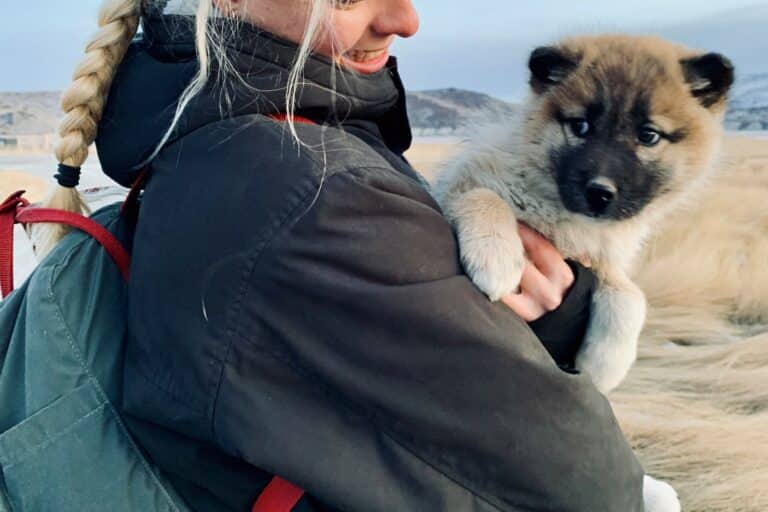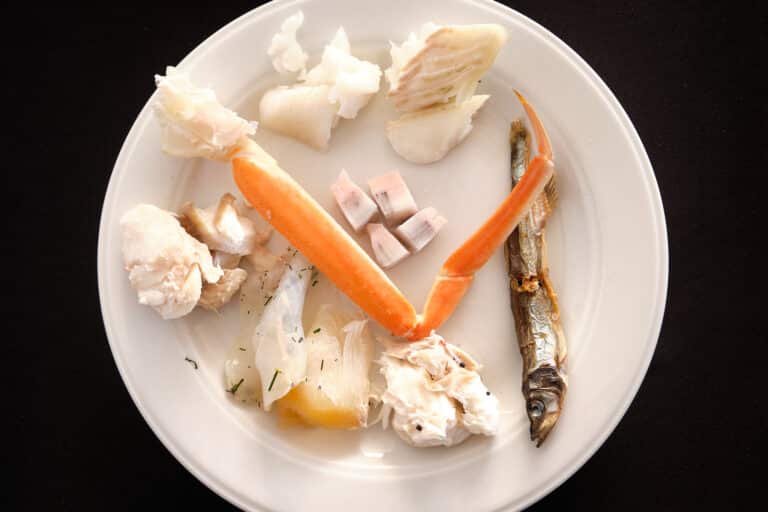
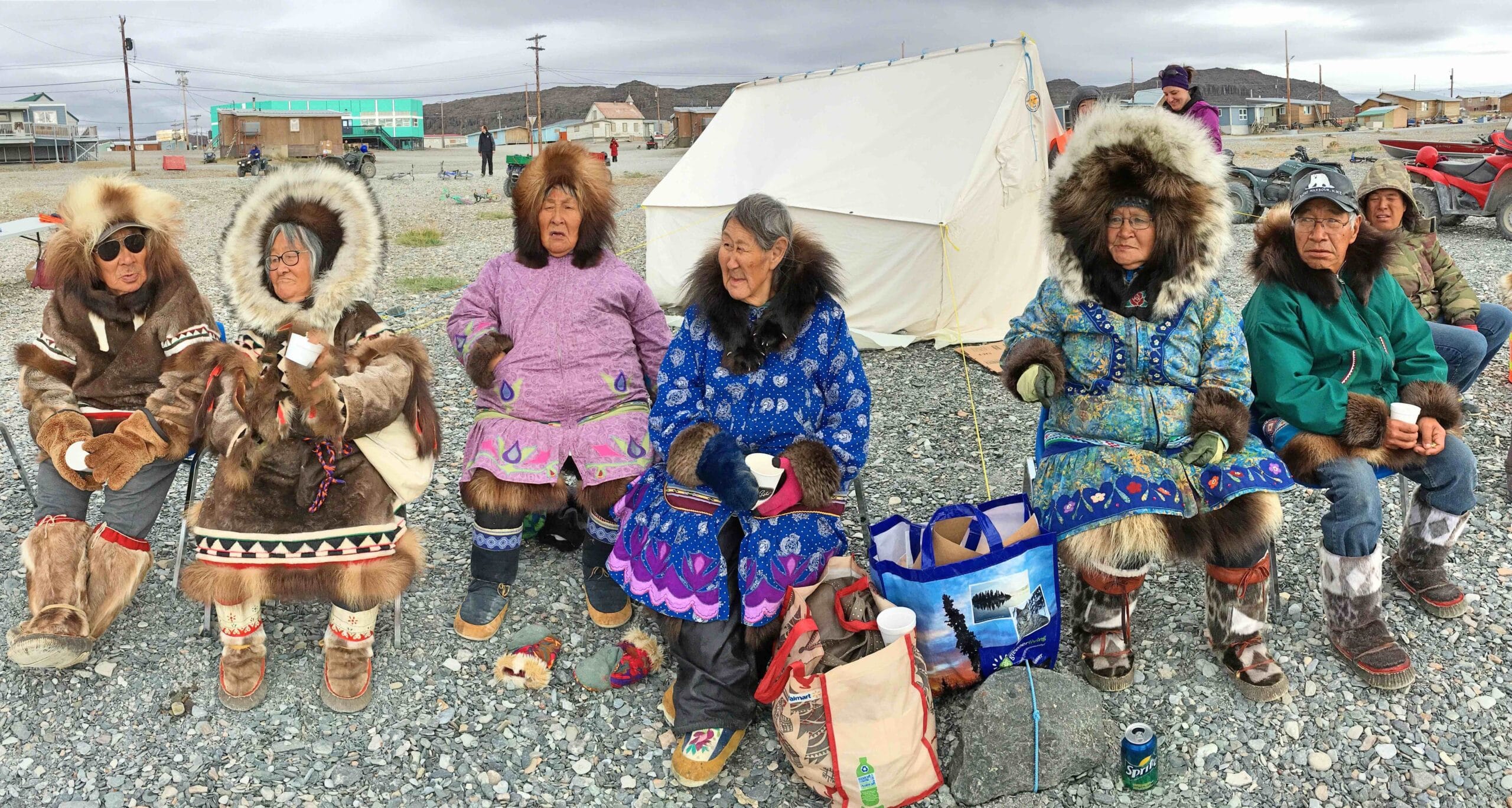
The Inuit Culture in the Arctic
Published: 17/06/2020
Reading time: 4 minutes
Inuit means “the people” in the Greenlandic language. The term refers to a group of culturally similar indigenous people inhabiting Alaska (including North Slope and Little Diomede Island), most of northern Canada (especially in the territories of Nunavut, Nunavik, Quebec, Northwest Territories, Nunatsiavut, Nunatukavut), and all the way to Greenland. We, the Greenlandic Inuits, are descendants of ancient indigenous migrations from Canada.
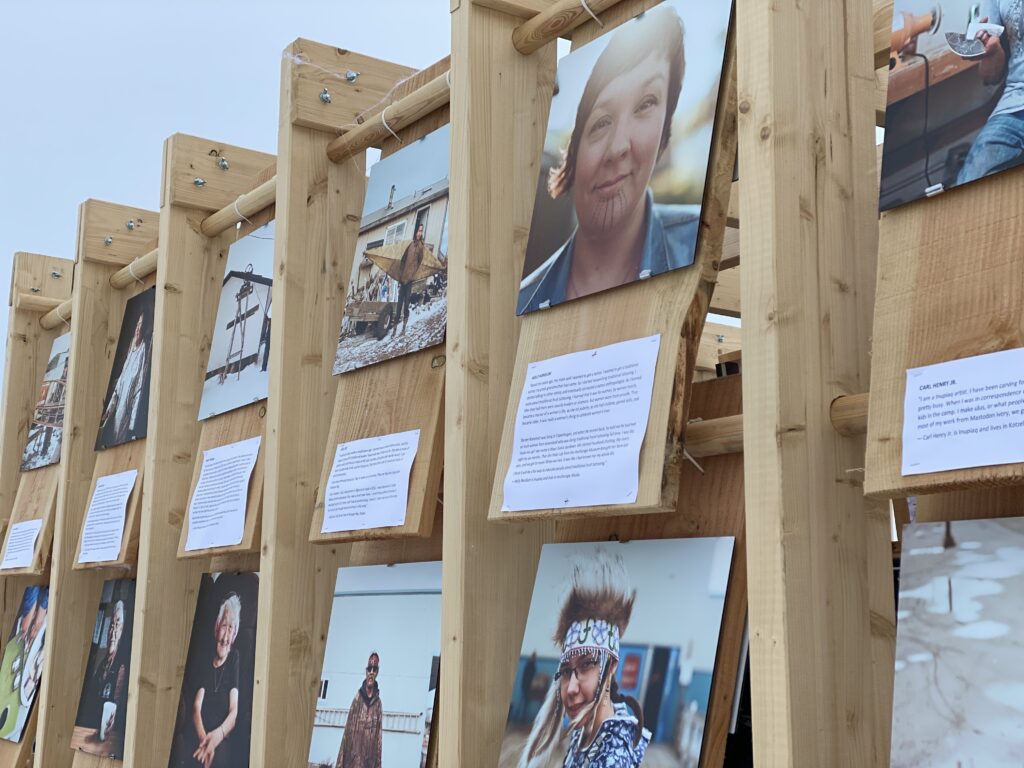
History of migration to Greenland
There have been several cultures immigrate from Siberia, through Alaska and Canada to Greenland, with the history beginning 4500 years ago. The Saqqaq Culture lived here between 2400 – 700 BCE. This culture is named after a village located north of Ilulissat, where the first findings of these peoples occurred.
The Dorset culture came next to Greenland in around 800 BCE and disappeared in year 0. This may have been caused by a drop in the temperature at that time.
The last culture to arrive (in 1000 CE) was the Thule culture, which was the ancestors of Greenlandic Inuits today.
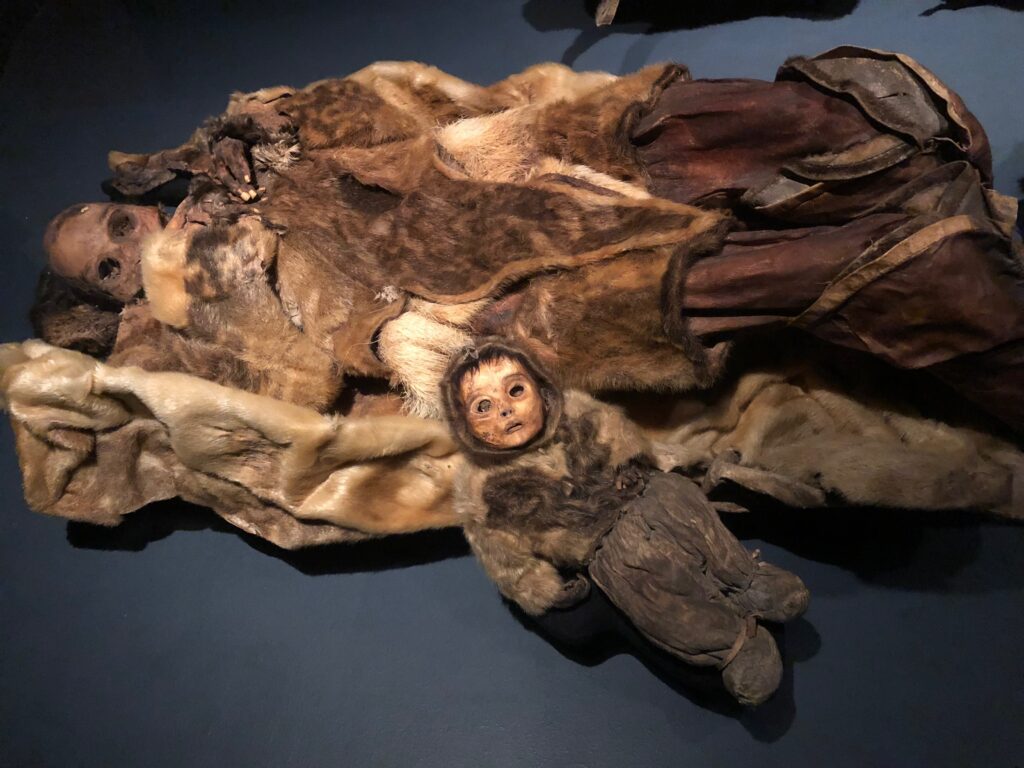
The picture above shows the mummies of Qilakitsoq, which you can visit at the National Museum in Nuuk. These 500-year-old mummies from the Thule culture were discovered near Uummannaq in the North of Greenland by two hunters – Hans and Jokum Grønvold – in 1972. The cold, dry climate of Greenland has preserved them extremely well.
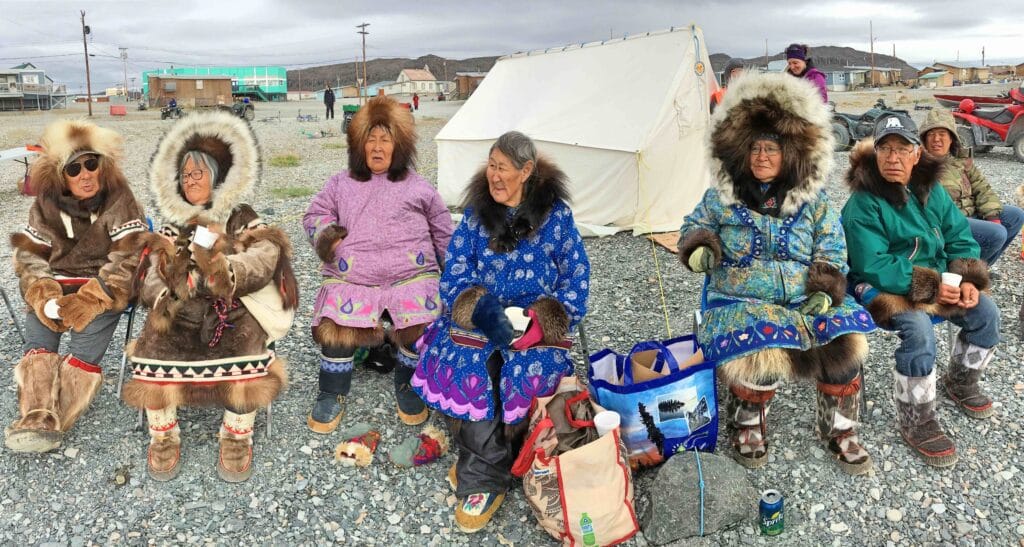
Inuit across the Arctic
I had the opportunity to work on a cruise ship through the beautiful Northwest passage. It was amazing to meet the people in different villages and see how we look so much alike.
I took the picture above in Nunavut where they speak Inuktitut. It was incredible that I could understand them and they also understood my Greenlandic! So much fun! The design of their clothing also looks very similar to the clothes we used to wear. We had so much in common, both in looks and many cultural similarities.
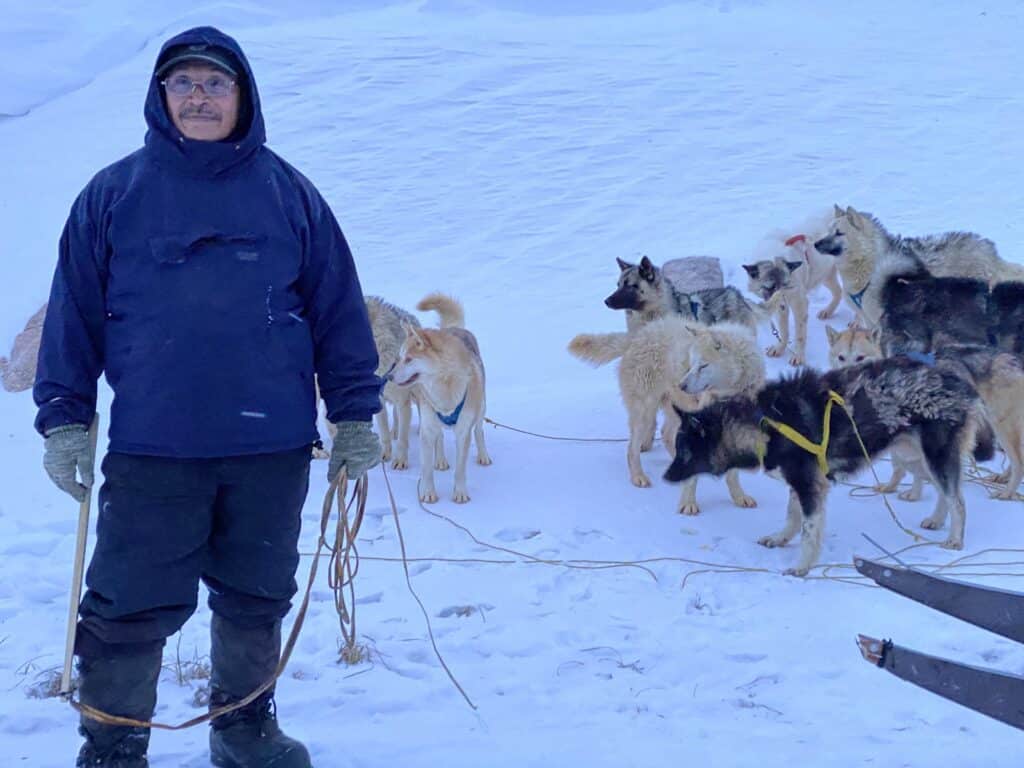
Dogsledding and the Inuit
The Inuit in Alaska, Canada, and Greenland also have the dogsled in common. It is used for transportation and fishing, though we also use boats and snowmobiles these days.
There are only small differences in how each culture builds its sleds and how they tie the dogs. This is due mostly to differences in landscapes and the purpose of the trip. Utilizing dogs to pull sleds is thought to have begun in Siberia around 7000 years ago, and the Inuit have specifically bred dogs to pull sleds for at least 4000 years.
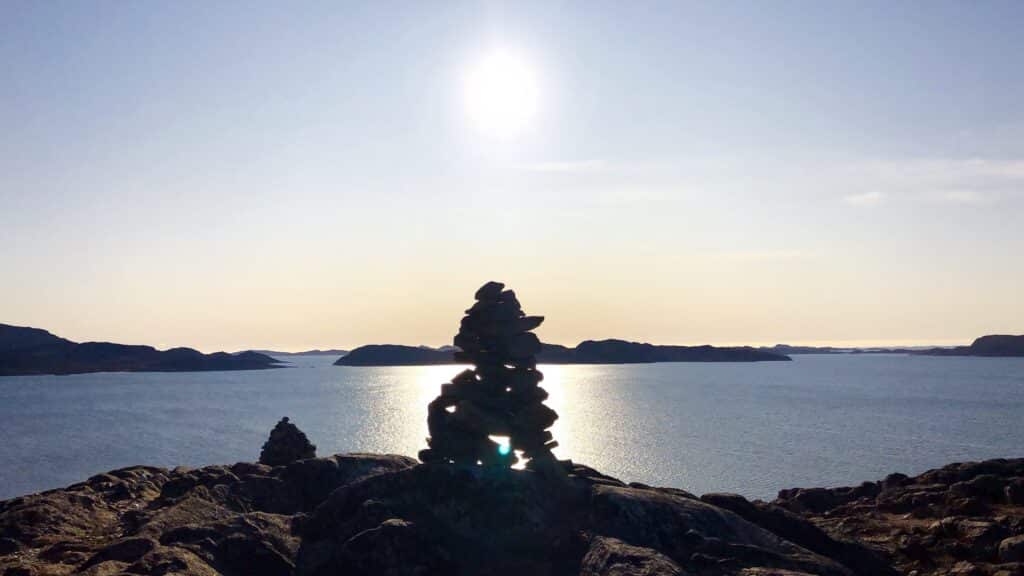
Inuit Navigation
Another thing you see as you roam across Alaska, Canada, and Greenland are “Inussuk” or “Inuksus”. These are man-made stone cairns used for navigation and were used to mark a travel route, fishing spots, camping spots, hunting grounds, or food storage. Today, however, we also use modern technology 🙂
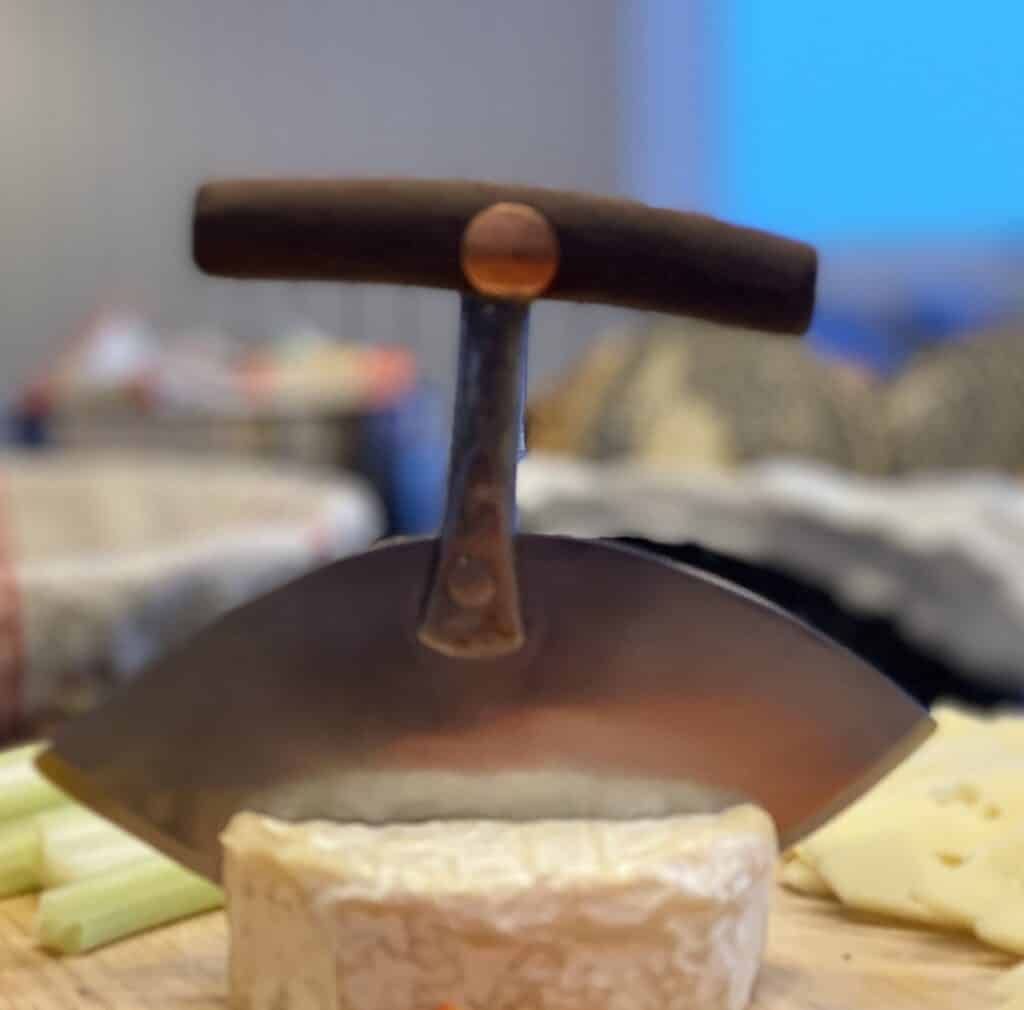
The Women’s Knife
Inside the home, the “ulo” is the name for the woman’s knife. This is another item that is common across the Inuit cultures, but it varies in shape depending on where you are (even within different areas of Greenland). Some homes still use it today, but mostly it is used for vegetables, cheese, or decoration.
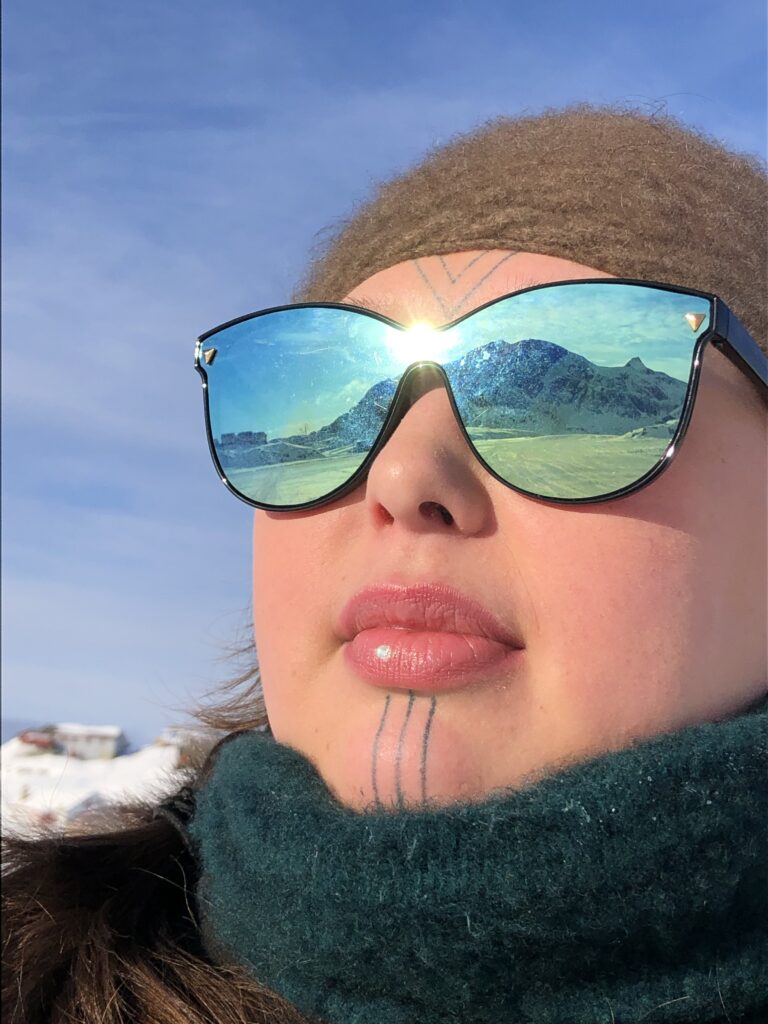
Inuit Tattoos
Finally, the different Inuit cultures all have a history of tattooing. This practice almost disappeared when the missionaries who came to Greenland in the 1900s banned it. A similar thing happened in Alaska. Fortunately, Inuit tattooing and other aspects of our cultural heritage are now making a comeback – ~100 years after they were squshed.
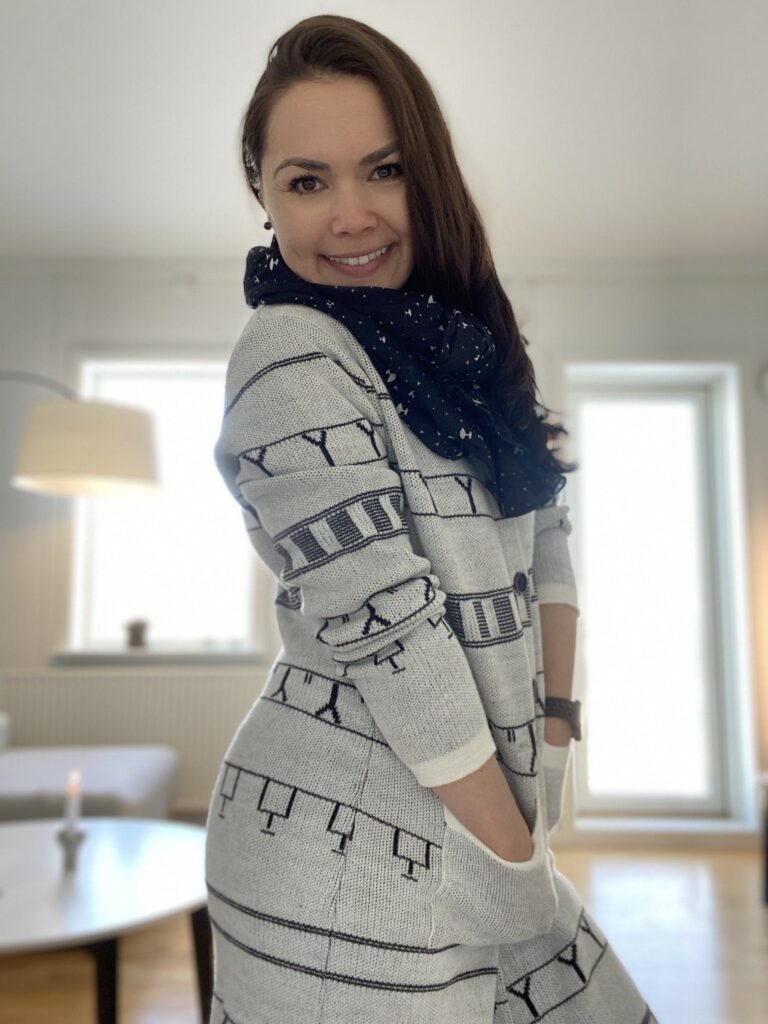
A proud heritage
Today we are proud to be Inuit (Greenlanders) and you see cultural symbols everywhere. The picture above is me being very happy with a nice long cardigan from Isaksen design, which features an Inuit-inspired tattoo print. Inuit designs are used in everything from decorations and household goods to clothing to food in restaurants.
Read more travel blogs from Laali Berthelsen
-

Winter Safari | Sisimiut
Tour startsSisimiutDuration1 hourFrom 550 DKKSee more -

3 Day Glacier Adventure | Kangerlussuaq
Tour startsKangerlussuaqDuration3 daysFrom 7995 DKKSee more -
Flights from Reykjavík included!
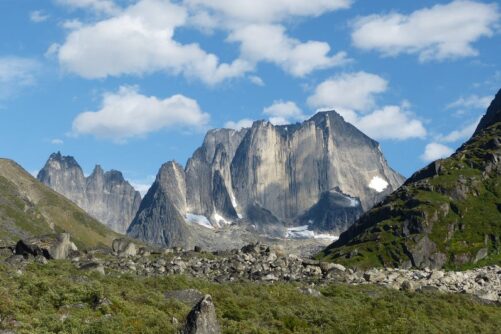
Ice, Big Walls & Hot Spring | South Greenland Explorer
Tour startsFrom IcelandDuration15 daysFrom 32200 DKKSee more -

Tasermiut Fjord Kayaking | 12 days | South Greenland
Tour startsFrom IcelandDuration15 daysFrom 30300 DKKSee more -
Price for 4 people!

Expedition South Greenland by Helicopter | Qaqortoq | South Greenland
Tour startsQaqortoqDuration5 hoursFrom 57800 DKKSee more -
1 to 6 passengers included

Private Glacier and Settlement Tour | Uummannaq | North Greenland
Tour startsUummannaqDuration4 hoursFrom 7700 DKKSee more -

5-Days Above The Arctic Circle | Sisimiut | West Greenland
Tour startsSisimiutDuration5 daysFrom 9461 DKKSee more -
5.00(1)1 to 6 people included!

The Abandoned Settlement of Kangeq & The Island Of Hope | Nuuk
Tour startsNuukDuration3 hoursFrom 6900 DKKSee more -
Including flights from Iceland

Tasiilaq Winter World | 8 Days | East Greenland
Tour startsTasiilaqDuration8 daysFrom 29650 DKKSee more -

Boat tour to Qarajaq Glacier | Uummannaq | North Greenland
Tour startsUummannaqDuration8 hoursFrom 4300 DKKSee more -
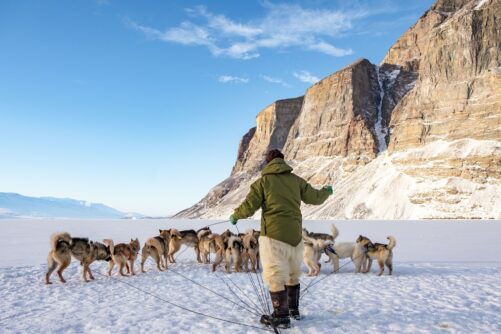
Dogsledding – 2 hours | Uummannaq | North Greenland
Tour startsUummannaqDuration2 hoursFrom 2400 DKKSee more -
5.00(2)

Snowshoe Hiking & Sauna experience | Ilulissat | Disko Bay
Tour startsIlulissatDuration4.5 hoursFrom 790 DKKSee more -
5.00(1)

Snowshoe in the Northern Night | Ilulissat | Disko Bay
Tour startsIlulissatDuration2.5 hoursFrom 550 DKKSee more -
5.00(3)

Chasing the Northern Lights | Ilulissat | Disko Bay
Tour startsIlulissatDuration2 hoursFrom 550 DKKSee more -
5.00(2)

3-Day Wilderness Journey: Hiking, Kayaking & Camping | Ilulissat | Disko Bay
Tour startsIlulissatDuration3 daysFrom 15600 DKKSee more -
5.00(1)1 To 6 Passengers Included
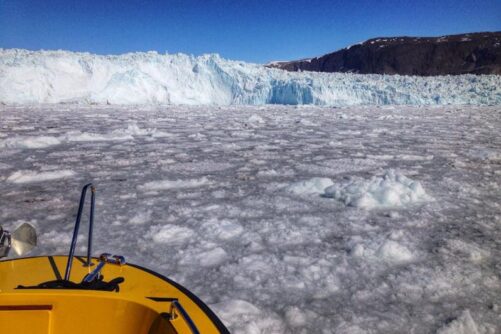
The Calving Glacier Eqi | Private tour | Ilulissat | Disko Bay
Tour startsIlulissatDuration6 hoursFrom 13800 DKKSee more

